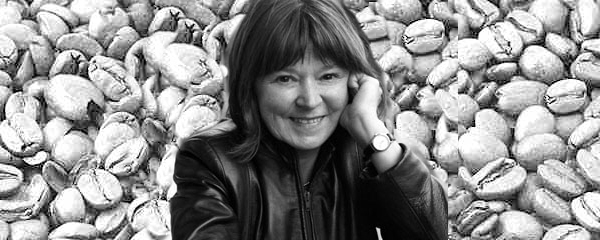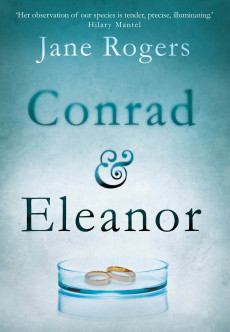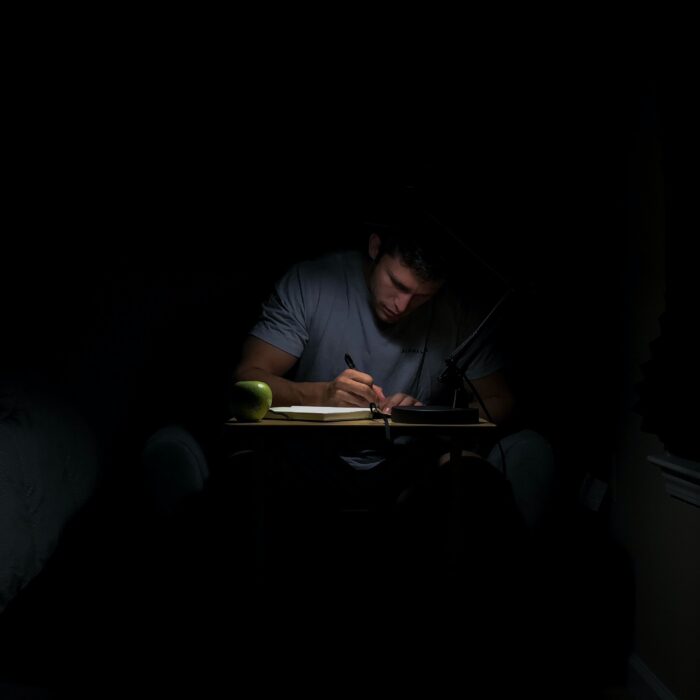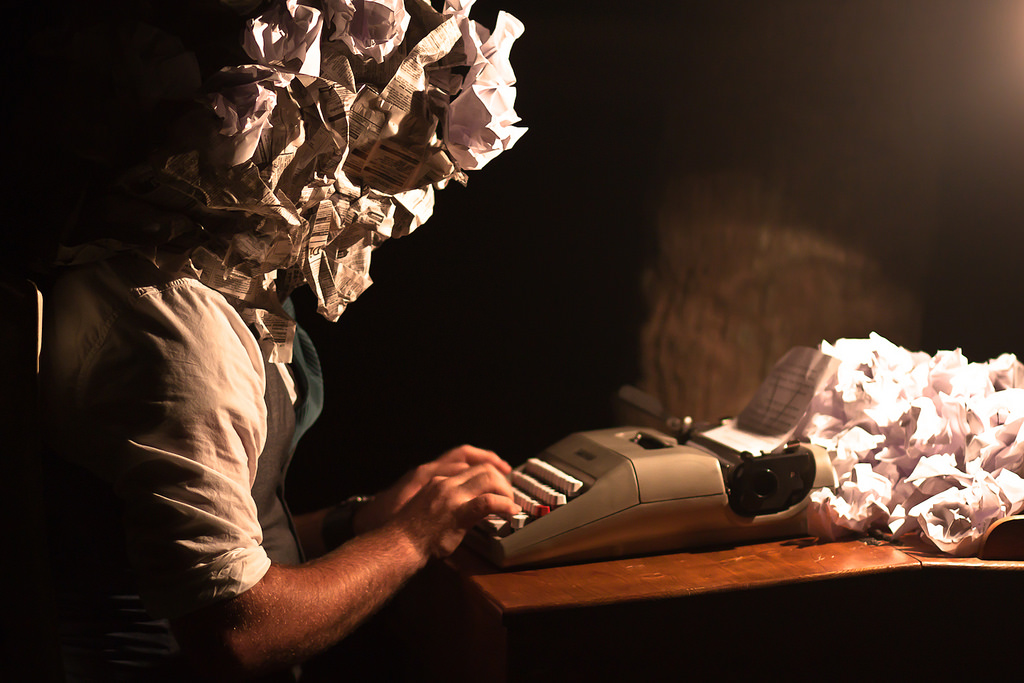You have no items in your cart. Want to get some nice things?
Go shopping
I recently had the extremely good fortune to be able to interview one of the most decorated writers in the UK, Professor Jane Rogers, about her creative process. Over a long and prestigious career, Rogers has won numerous awards including the Arthur C. Clarke Award, the Somerset Maugham Award, the Samuel Becket Award, the Writers Guild Best Fiction prize and the BBC National Short Story Award. She has been longlisted for the Man Booker, the IMPAC prize and the Orange Prize and she has also been nominated for a BAFTA. It was heartening to hear that even a seasoned writer like Rogers can still feel uncertainty about whether a story has legs or not and that, on occasion, she still abandons a story without completing it.
NK: What does the first thrill of discovering a story feel like? How do you know that this is the story/novel you’re going to be writing?
JR: I wouldn’t really describe it as a thrill, because it isn’t a single moment. For me, a novel idea gradually comes together over a long-ish period of time. With Conrad and Eleanor I knew I wanted to write about a long marriage, but many different strands had to fall into place before I could be sure it would be a novel.
The first goes back to my schooldays. Around the age of 16 I was told, probably in confidence, that a friend’s father had disappeared. He had left home and not told his family where he was going. I’m not sure how much I embroidered this in my own imagination, but what I thought was that he was fed up with his family and unhappy in his life, and that he was looking for a new life. It seemed to me a much more romantic and a much more radical thing to do than leaving for another woman or man. It was open-ended, and he might or might not return. The idea of his vanishing has stayed with me and has changed meaning over the years of my adult life, as my own father later left my mother, and as I myself felt the pangs of uselessness that came with teenage children growing up and needing me less. So that was always something I wanted to understand better, by exploring it in writing.
Other elements of the novel, for example the interest in IVF and stem cell research, came from earlier research I had done for a TV drama that was never made.
When I sat down and started writing Eleanor’s story, I was very unsure that it would properly develop into a novel. And yes, that is precisely why I wouldn’t call it a thrill! It is mainly uncertainty about whether it actually is a novel, and I seem to feel that uncertainty right up until a first draft is completed. So the real answer is, I don’t know that this is the story I’m going to be writing!
NK: Do you enjoy research? How do you know when to stop?!
JR: Yes, I enjoy research very much, and have done it for most of my novels. Historical research for Mr Wroe’s Virgins, The Voyage Home and Promised Lands, and scientific research for The Testament of Jessie Lamb and Conrad and Eleanor. I like learning things, I guess, and writing a novel gives a specific focus to what I need to research. With Mr Wroe’s Virgins I didn’t know when to stop, and I spent a year or more trying to learn everything I could about life in 1830, from British foreign policy to apocalyptic sects to what kind of underwear people wore, and how to make oatcakes. Eventually I realised it was impossible to know everything, and then I wrote, and did some checking up afterwards. Since then, I think I’ve come to realise there is a kind of tipping point. I keep on doing research until somehow I reach a stage where I certainly don’t know all there is to know, but I feel at home in the world of that subject. Then it is possible to write about it.
NK: We’ve talked before about ‘story totems’, about whether there are particular objects that connect you to a story or to your writing generally.
I have a number of beloved objects which I keep on the windowsill above my writing desk, and I often stare at them while I’m concentrating on writing. But I don’t think any of them specifically connect me to any one of my stories; it is more that I think of them as part of the landscape while I’m writing, and in a way they are talismans. Mostly they are gifts from people who are close to me; there’s a little wooden frog my son brought back from Madagascar; two tiny bronze women – one reclining, one kneeling to chat to her – made by my sister Helen; a clay echidna, whose prickles sometimes crack off, sent by my Mum from Australia; a wooden snail whose curly shell is made from a violin, given to my daughter when she was 3, by a good friend who is a violin maker. There are a few other things too, and a lot of pebbles. I love the shapes and feel of smooth pebbles, especially from beaches and rivers, and I do pick them up and fill my pockets, wherever I go. That suddenly sounds rather Virginia Woolf-ish! I fill my pockets because I love the feel of the pebbles, not to weigh me down! The pebbles are probably the most useful while I’m writing, because there are a few favourites which I like to hold and turn in my hand as I’m thinking and trying to move on with a story. I suppose they are rather like worry beads, only bigger. There are far too many pebbles in my work-room, and I sometimes have to take a bag-full and deposit them in the garden, to make way for new ones. It’s quite nice to come across some of the old ones in the garden from time to time, when I’m weeding.
My short stories are often inspired by a single event or image, or indeed something I have read. But it’s more common for a physical object from my life to take up residence in a story and make the story real for me. For example, when I was commissioned to write a story about Alan Turing (‘Morphogenesis’ appears in Rogers’ Comma Press collection ‘Hitting Trees With Sticks’) I needed a scene between the teenage Turing and the boy he loved, Chris. I found a way of anchoring that in reality by having him present Chris with a fircone from his pocket, using it to demonstrate a mathematical point. The real fircone was sitting on my windowsill at the time, and looking at it carefully and focussing on it gave me the way into the scene.
I suspect most writers do this, though. Good, precise writing is always a result of careful observation.
NK: Are there particular artists that trigger creative responses for you?
JR: I love visual art and yes, there are certain works that have been important while writing particular stories. There’s a wooden sculpture called Infant by Barbara Hepworth which I loved when I visited St Ives, and the postcard of it lives by my desk; likewise, a Samuel Palmer picture which must be about 20 years old now. I’m not sure that they exactly ‘trigger’ creative responses, but they help me to try and be true to what I want to say.
NK: I think a lot of writers feel doubt and are often plagued by a sense of futility (‘Can I really do that all over again?’). Does that still happen for you and, if so, how do you deal with it? How do you deal with periods of creative drought?
JR: Yes, indeed. But I know the only way to deal with it is to plough on. And when I really can’t write, I do something else. Gardening, walking, cooking, reading. I do sometimes give up on things, but I am very stingy and like to recycle stuff, so stories which I have abandoned are sometimes resurrected years later, and finished off.
NK: You’ve had a long and distinguished career. What are your thoughts about longevity as a writer? How does one keep the pot full, the fire lit?
JR: I don’t know! You do what you know how to do. Writing is, in the end, a job like any other. I suppose one of the things that makes me want to write is reading the work of other people. I find other writers inspiring, and I can name specific novels which helped to inspire specific novels of mine. For example, Waterland by Graham Swift inspired The Ice is Singing. Philip Roth’s American Pastoral and Kazuo Ishiguro’s Never Let Me Go inspired The Testament of Jessie Lamb. William Faulkner’s The Sound and the Fury inspired Mr Wroe’s Virgins.
NK: Is your creative process familiar to you now over so many novels? Or are there aspects of it that still surprise you? Has it changed?
JR: It’s difficult to say. I think I usually write my way into things. That is to say, I do a lot of writing which is not kept, which is no use, but which I seem to need to write my way through before I get to the voice or idea or language I’m after.
NK: I wondered if you would say a few words about truthfulness/truth-telling in fiction. For me, the mark of a real artist is the drive to voice the truth even if it feels self-exposing or difficult. It feels to me from your work that you don’t shy away from telling the truth. Is this a conscious choice?
JR: Yes, I think telling the truth is the whole point, really. As a reader, you can tell when a writer is being honest, emotionally honest, honest about the way her or his characters think and speak and react. Which is not to say they are familiar or easy to understand, but they have integrity. Hemingway says every writer needs a crap detector, and to my mind that is about truth. For example, easy descriptions are crap: The golden sunshine poured down over the meadow sparkling with beautiful flowers. If you want to write truthfully, is sunshine golden? Does it pour? Can a meadow sparkle? What are ‘beautiful flowers’ and how can I make the reader see them? What colours and shapes do they have? Truthful description is specific.
I know your question is about bigger truths and yes, I’m trying to understand the things I write about, so it would be stupid of me to be dishonest because then I would never understand them, and sometimes a drive to truthfulness does lead into some dark and difficult areas. But for me, exploring and understanding difficult things is the whole point of writing, and it starts in the language, in the sentences, the words.
 Jane Rogers’ tenth novel, ‘Conrad and Eleanor’, an intricate and nuanced portrait of a dysfunctional marriage as it unravels, is released by Atlantic Books on June 2nd.
Jane Rogers’ tenth novel, ‘Conrad and Eleanor’, an intricate and nuanced portrait of a dysfunctional marriage as it unravels, is released by Atlantic Books on June 2nd.
About Niyati Keni
Niyati Keni’s first novel, Esperanza Street, was released by indie literary press, Andotherstories, in February 2015. Described by Kirkus Reviews as a ‘luminous, revelatory study on the connection between person and place’, Esperanza Street is set in a small-town community in pre-EDSA revolution Philippines. Keni studied medicine in London and still practices part-time as a physician. She has travelled extensively within Asia. She graduated with distinction from the MA Writing at Sheffield Hallam University in 2007. She is now based in the south east of England where she is working on her second novel.



